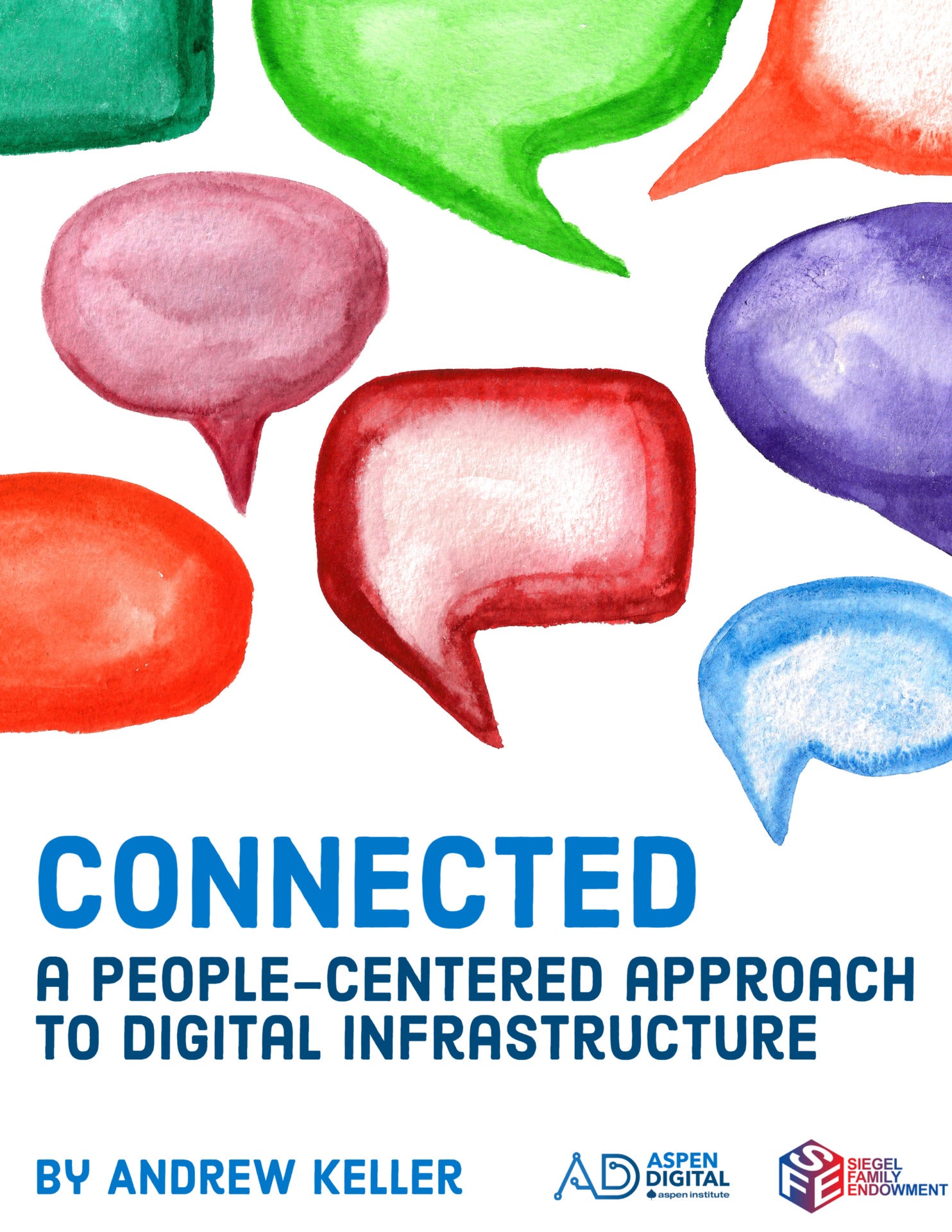When it comes to digital infrastructure, communities lack more than just broadband access. Rather, the delivery of effective digital services at the local level has been hamstrung by three primary obstacles: an absence of data, poor community-government relationships, and insufficient digital literacy among key populations. At their core, these failures all have one thing in common: they designed for the community but not with the community.
These three “inputs” of digital infrastructure are often neglected, leading to lower-quality digital services. Even if local jurisdictions managed to digitize services during the pandemic, for instance, they may not have had the requisite data to understand where those services were most needed, the connections necessary to promote an effective service rollout, or a population with the literacy needed to effectively navigate such services.
This report details the importance of each of these three nodes and suggests actions to correct the resulting inequities moving forward. By reviewing pandemic successes and shortcomings through this lens of multidimensional infrastructure, we hope to chart a course for a more equitable recovery, and in doing so, truly build back better.


